Choosing the right CPU is important whether one is building a new PC or considering upgrading their old model. Most consumers fall into a dilemma when picking an appropriate processor for their needs while considering that their choice will determine their overall experience as they interact with their computer.
Factors such as the cores, threads, and clock speeds are some items in a consumer’s spec sheet when buying a CPU. This article will delve deep into these tips and more elements one should consider when shopping for computer processors. Keep reading to learn more.
Table of Contents
How big is the global CPU market?
Types of CPUs
What are your computer processing goals?
Choose your processor: AMD or Intel
Features to consider when choosing CPUs
Conclusion
How big is the global CPU market?
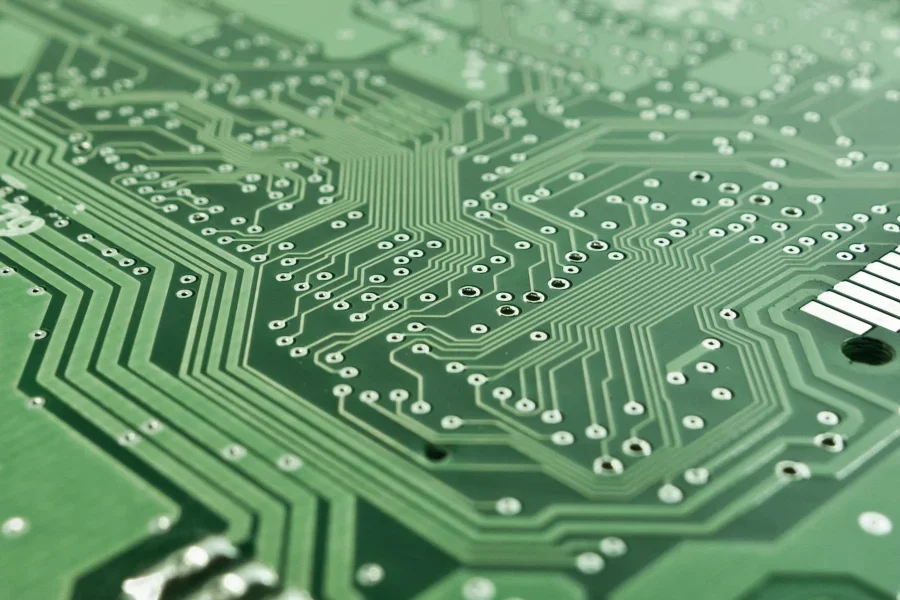
The global computer processor market is vast. In a market study by Maximize Market Research, the market size in 2022 was worth an estimated US $95.99 billion and is forecast to reach US $127.43 billion by 2029. They predict it to grow at a compound annual growth rate (CAGR) of 4.13% over the 2023 to 2029 forecast period.
Key players in the CPU market include huge tech companies like Intel, Advanced Micro Devices (AMD), Nvidia, Qualcomm, Apple, Alphabet Inc., Dell, Xilinx, etc. and it is projected that North America will dominate the market.
Previously, contributing to the massive CPU market size was the increase in the availability of data and improved algorithms. Much of this data needed processing with efficiency and precision; hence people acquired PC processors for this purpose.
Today, various industries depend on CPUs for tasks like animation modeling and rendering, medical imagery, CAD, and graphic design, thus driving demand.
IoT (the Internet of Things) is another contributor that will lead to the demand for CPUs. As billions of devices will be connected, higher computer speeds will be necessary.
Also, Field Programmable Gate Array – Central Processing Units or FPGA-CPUs, whose market size is projected to increase at a CAGR of 14.6% from US $9.7 billion in 2023 to US $19.1 billion in 2028, will make an impact on the overall CPU market. FPGA-CPUs are used in amalgamation with high-performance supercomputers.
With these insights, businesses selling CPUs have the potential to generate significant profit by sourcing the right products. Let us check out what businesses should know when choosing the right CPUs for their buyers.
Types of CPUs
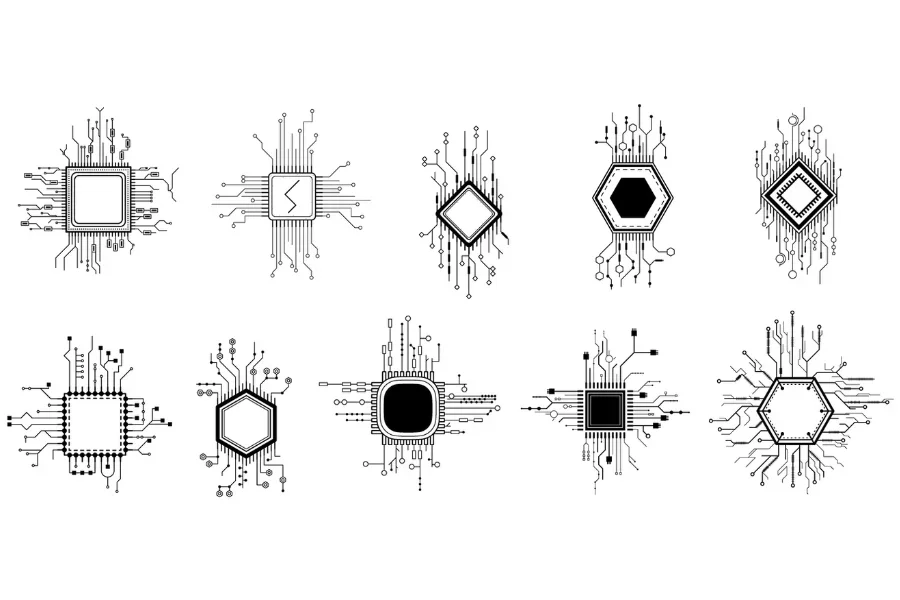
Central processing units are classified into different categories that buyers should know. They are as follows:
Single-core CPU
This is the oldest type of CPU available in the market and is found in most computers used in homes and offices. A single-core CPU only processes one task at a time. This means that it has limited multitasking capabilities, which is ultimately its biggest disadvantage. Therefore, running multiple commands on single-core CPU systems would reduce their performance.
Dual-core CPU
A dual-core CPU has two cores that operate like two single-core computer processors fitted in one CPU. Since it has an extra core, it operates faster than a single-core CPU and can run multiple programs. Although the CPU is more robust than a single-core computer processor, quad-core CPUs perform better.
Quad-core CPU
From its name, this type of CPU is designed with four cores. It is faster than both single-core and dual-core CPUs. When a program is run on a system using this multi-core CPU, it distributes the workload between the four cores. This CPU is appropriate for heavier tasks like gaming.
Six-core CPU
Also known as a hexacore processor, this is a multiple-core CPU comprising six cores. Since it has more cores, it can handle tasks faster and more efficiently than dual-core and quad-core PC processors.
Eight-core CPU
An eight-core CPU comprises two quad-core processors built into one CPU. Running programs are shared between the eight individual cores making its performance more rapid than a dual-core PC processor.
What are your computer processing goals?
After checking out the different types of CPUs and finding the right one, the next step is considering what to do with the CPU. It is important to note this since some CPUs may be suitable for day tasks and not provide optimal gaming performance. Below are some popular tasks to perform with a PC processor.
Basic tasks
Consumers looking for a chip to handle simple processes like Word documents, web browsing, or watching videos can opt for one with two or four cores. They can opt for chips like the AMD Ryzen 3 3200G or 4100G and Intel Pentium if they do multiple tasks. For performing one task at a time, buyers can opt for an AMD Athlon 200GE or Intel Celeron processors.
Gaming
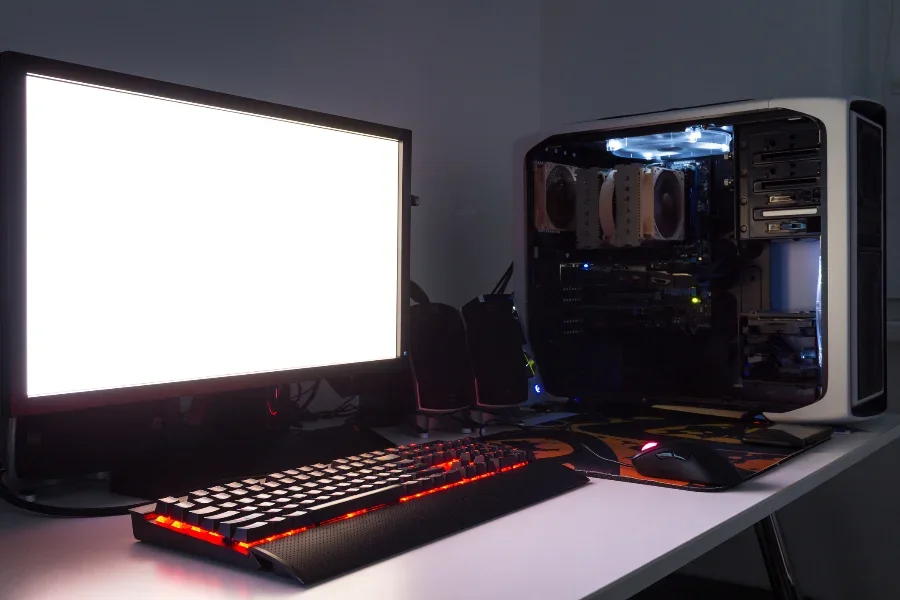
Customers interested in a processor that suits their gaming needs can pick a multicore processor with four, six, and eight cores. Models such as an Intel Core i5 and AMD Ryzen 5 CPU are mid-range examples buyers can opt for. For high-end gaming, where the graphics card is a priority, buyers can spend more by picking a powerful Core i7 or Ryzen 7 processor.
Creative media work
Buyers in the creative niche may want a faster processor with space to perform other tasks in the background. An AMD Ryzen chip, an eight-core CPU, can perform graphic design activities and high-quality video editing.
Choose your processor: AMD or Intel
AMD and Intel are popular names in the CPU universe. While Intel has built its reputation as one of the best CPU manufacturers for the longest time, AMD is also among the most capable chips today. For instance, AMD’s Threadripper and Ryzen processors have helped the company compete with Intel’s top chips like the Core i9 and the Xeon Gold CPUs.
Both companies provide customers with CPUs that do low- and high-performance tasks. However, some diehard enthusiasts may argue that one brand has better-performing chips than the other. In this case, buyers should have an open mind and not settle for one.
Features to consider when choosing CPUs
Apart from looking at the CPU type, brand, and purpose of the processor, buyers can look at other factors to help them make a better choice. These include the cores, clock speeds, threads, and more. These specs are as follows:
Cores
Cores can be described as the number of processors in a processor. Today’s CPUs can generally have as many as 64 cores and as few as two cores. Most processors are quad-core or eight-core, which buyers can pick for their needs.
Generally, the more processors a CPU has, the better, allowing it to perform multiple tasks compared to a single-core or dual-core CPU. For example, an eight-core CPU can run multiple Chrome browser tabs without lagging, a task that a dual-core can’t execute well.
In addition, low-end quad-core processors are suitable for light tasks like streaming music and videos. At the same time, octa-core CPUs are the right option for running heavy programs for high-res video editing or gaming.
Clock speeds
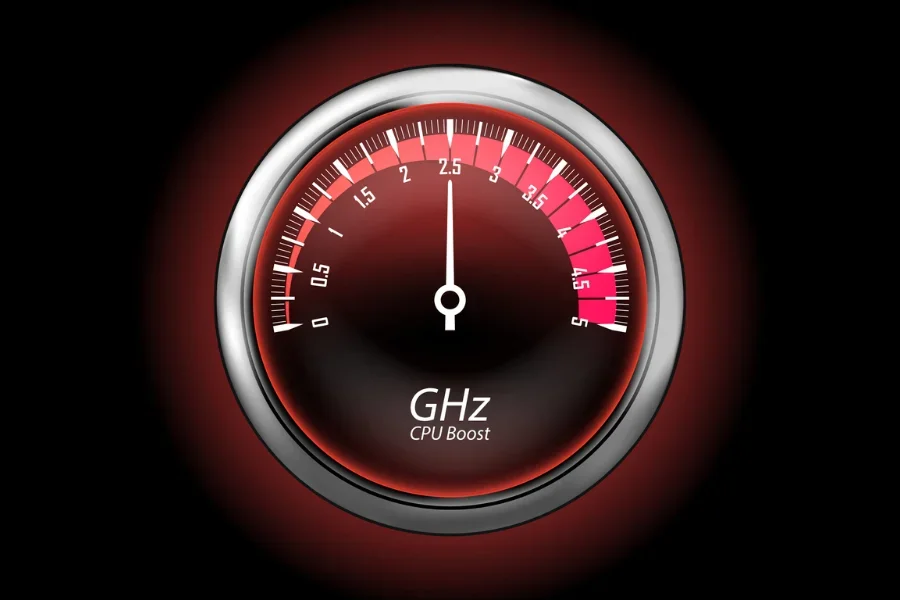
The clock speed is the rate at which the chip operates. Therefore, the higher the rate, the faster the CPU. A CPU clock speed has its measurements in gigahertz (GHz). Most CPUs can adjust the rate based on the work’s intensity and the chip’s temperature.
Depending on the computing task, consumers can determine what clock speed to choose. High clock speeds lead to quicker loading when opening apps. A 3–4GHz chip is sufficient for general computer users and gamers.
TDP
The TDP is another feature buyers should note while buying a CPU. In full, it means the Thermal Design Power and represents the maximum heat amount a chip should generate at standard speeds. A CPU’s TDP is measured in watts.
Before buying a CPU, buyers should ensure its cooler can handle the heat it dissipates. If the CPU has a TDP with more watts, consumers can source a cooling system and power supply to accommodate the heat produced and provide the optimal performance they need.
Cache
A cache in a CPU holds the data that a PC often uses so that the processor can access it quickly to perform repetitive tasks more swiftly. If cached data is unavailable, the CPU will reach for the RAM.
In-chip caches come in three types: L1, L2, and L3. The fastest cache type is L1, but it has less space. L2 is slower but has more space to access and send instructions between the computer RAM and the CPU. L3 boasts the most space but is the slowest of the three.
Nevertheless, this feature isn’t the one A user should be worrying about, as the amount of data that needs to be cached in the real world is immeasurable. Buyers should instead consider other important specs, such as the cores and clock speed, before buying the CPU.
Threads
Threads represent the number of single processes a chip can handle one at a time, similar to the number of cores. Despite that, many CPUs have a multithreading feature where one core can generate multiple threads. AMD terms theirs as SMT or simultaneous multithreading, while Intel’s is called hyper-threading.
The more threads a CPU has, the better its multitasking functionality, boosting the computer’s performance while running on applications that require threading, like transcoders and audio and video editors.
Socket compatibility
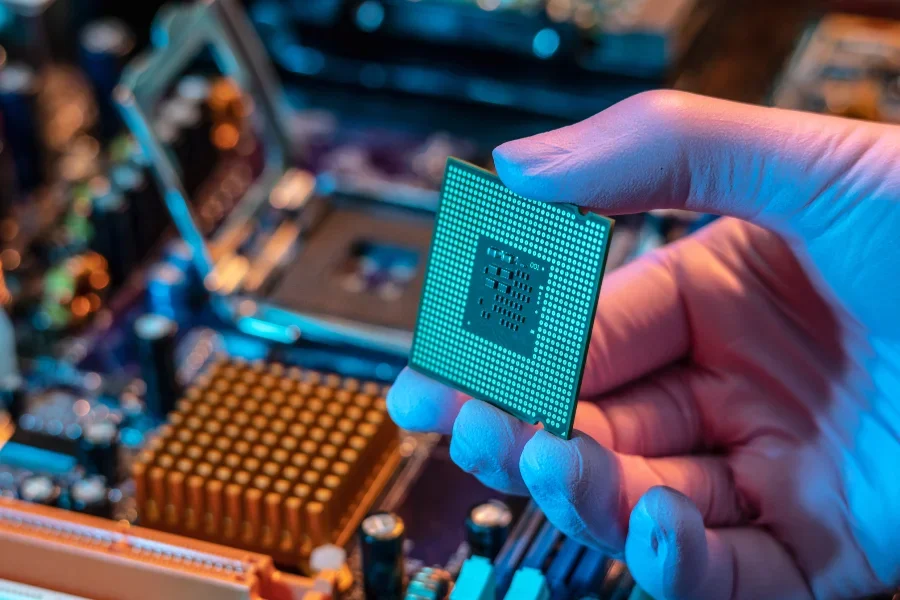
A CPU socket is the physical interface where the CPU attaches to the motherboard. Not only does the socket provide a physical connection, but it also facilitates efficient data transfer and power delivery between the CPU and the motherboard.
Additionally, by matching the CPU socket type to its motherboard, consumers harness the performance benefits provided by the CPU model, such as additional core, high clock speeds, and high processing power.
Buyers can ensure socket compatibility by checking the CPUs specifications to verify the motherboard supports it. One can do this by looking at details from the manufacturer’s website. Ultimately, the user will enjoy a superb computing experience from their chip.
Conclusion
This guide explicitly outlines what buyers should know when buying CPUs. To choose the right CPU, buyers should first understand their intention with the processor, as there is something for everyone. After that, they may consider the processor type before going into detail, looking at factors such as the number of cores and socket compatibility.
Visit Alibaba.com to find suitable CPUs for your businesses or customers.



